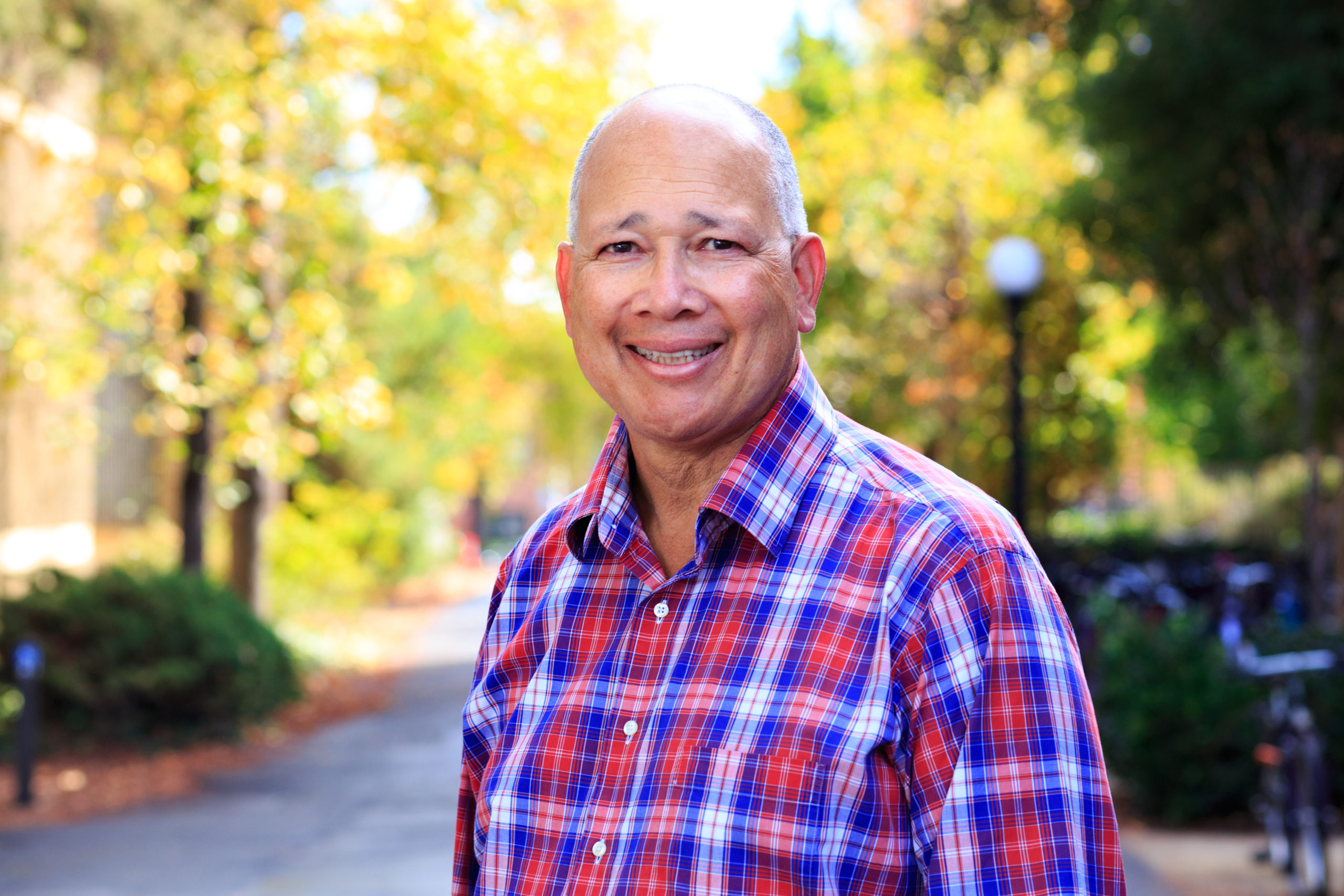Longtime police reform advocate and former corporate lawyer George Brown was appointed executive director of Stanford’s newly established Center for Racial Justice in September. Brown will work alongside law professor Ralph Richard Banks ’87 M.A. ’87 on advancing priorities such as equity in education.
Brown said he joined the Center because he saw gaps in racial justice work and wanted to apply his legal and advocacy expertise in this area.
“I think racism is one of the most important problems of our time, and it’s an existential threat to our democracy and the rule of law,” Brown said. “I think that all of us who are in positions where we can make a difference should be doing something.”
Throughout his career in corporate litigation and governance, Brown also held numerous social and racial justice advocacy roles. He served as board co-chair of the Lawyer’s Committee for Civil Rights of the San Francisco Bay Area and as voting rights counsel for California’s inaugural Citizens Redistricting Commission in 2011. Brown additionally chaired the board of Housing Trust Silicon Valley and was vice-chair of Fresh Lifelines for Youth, a juvenile justice organization.
The Center for Racial Justice is also new.
While the idea for the Center has been in discussion for at least six years according to Banks, its official launch came a month after the killing of George Floyd. The Center’s purpose is to serve as a central hub for teaching and learning about racial justice. Its research will primarily focus on action-oriented policy reforms that can be adopted by lawmakers and other decision-makers.
Banks said that he hopes to build a robust and collaborative research center that can propose innovative solutions to tackling racial inequity.
“This is a project that is unprecedented in the history of Stanford,” Banks said. “To bring all that intellectual capital and all those resources across Stanford to bear on problems at the intersection of race and American society — we’ve never had an initiative like that.”
The Center is currently trying to scale up operations, according to Brown. They are developing two initiatives centered around their priorities of public safety, economic opportunity and security and educational opportunity.
“The approach is that we want to try to intervene in these different areas, rather than one area, because they are interwoven,” Banks said.
One of the Center’s new initiatives involves a survey of the largest companies and their commitments to racial equity. Another focuses on the development of a policy model on the use of police force in small and mid-sized cities. The Center is also working to launch a daily digest on news about racial justice.
While the Center is located in the law school, Banks and Brown emphasized that it is meant to serve the entire Stanford community. They want students and faculty from the School of Medicine to the undergraduate population to participate in racial justice work.
“We want students and faculty from all of those schools to bring their skills to bear on some of the problems that we’re going to teach,” said Banks.
Ultimately, Banks said that they hope the center encourages students to engage directly with and feel a sense of obligation toward tackling issues beyond Silicon Valley and the University.
“Most of what draws people to Stanford is the brand of Stanford as the technology capital of Silicon Valley or innovation. This whole set of ideas associated with Silicon Valley is frankly less so values that are associated with justice or democracy,” Banks said. “We want to change that perception at Stanford and the Stanford brand.”
